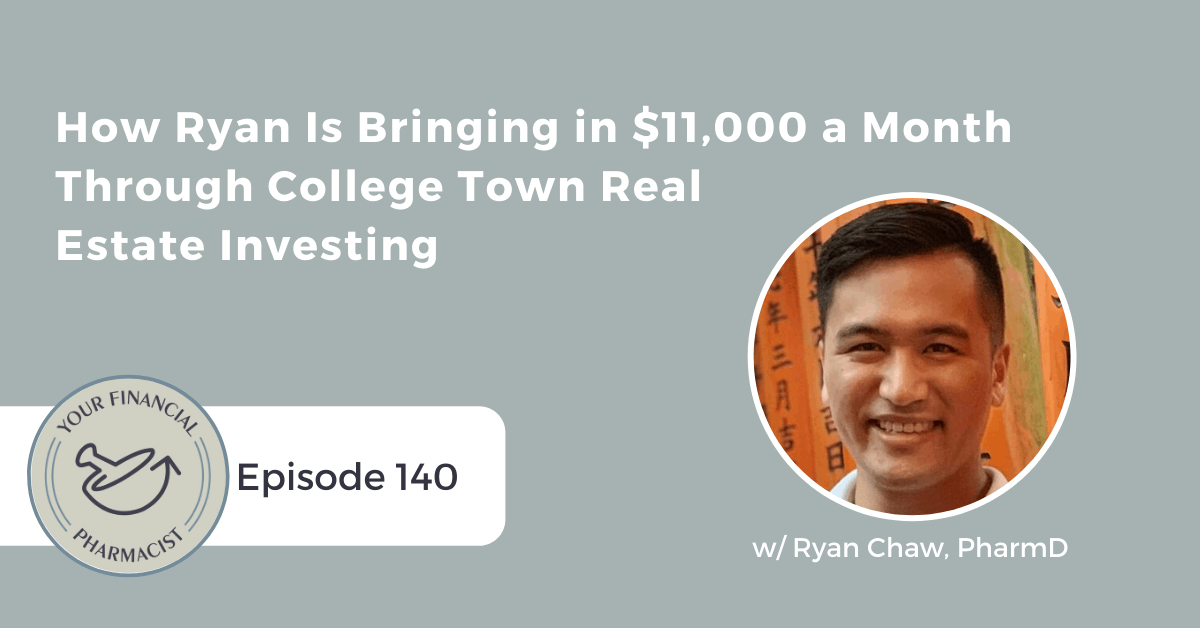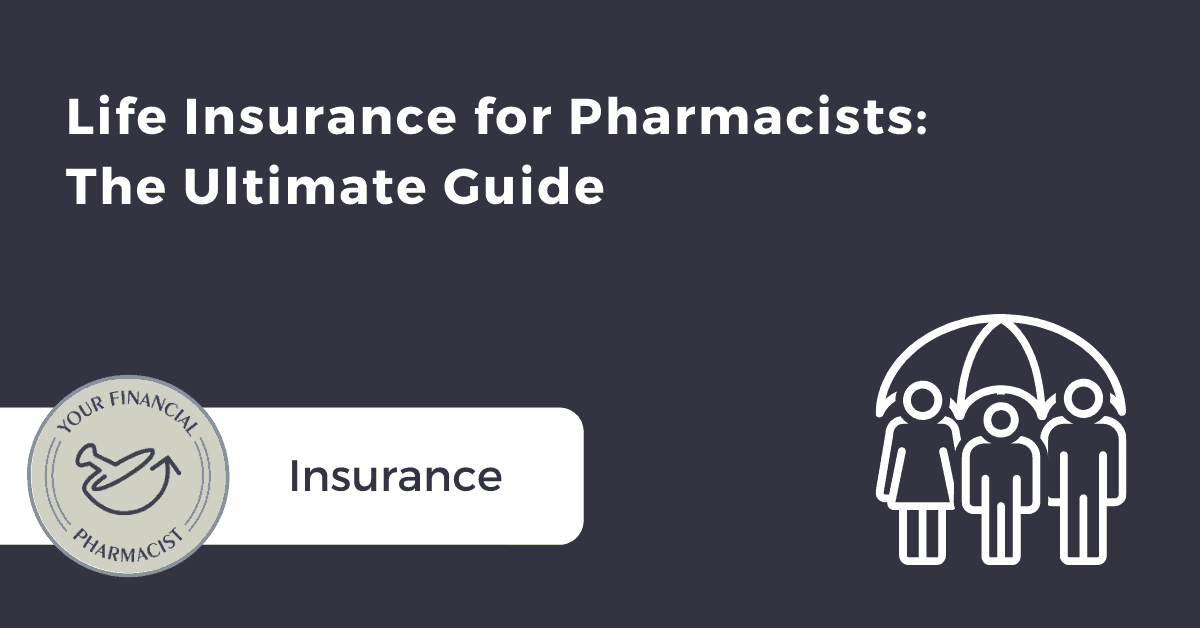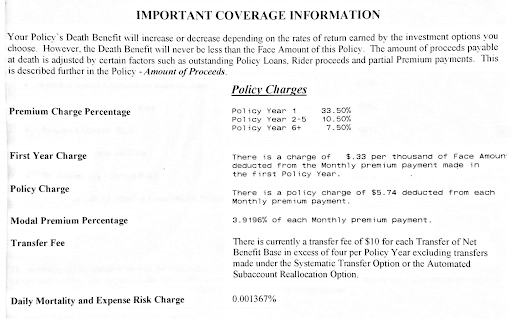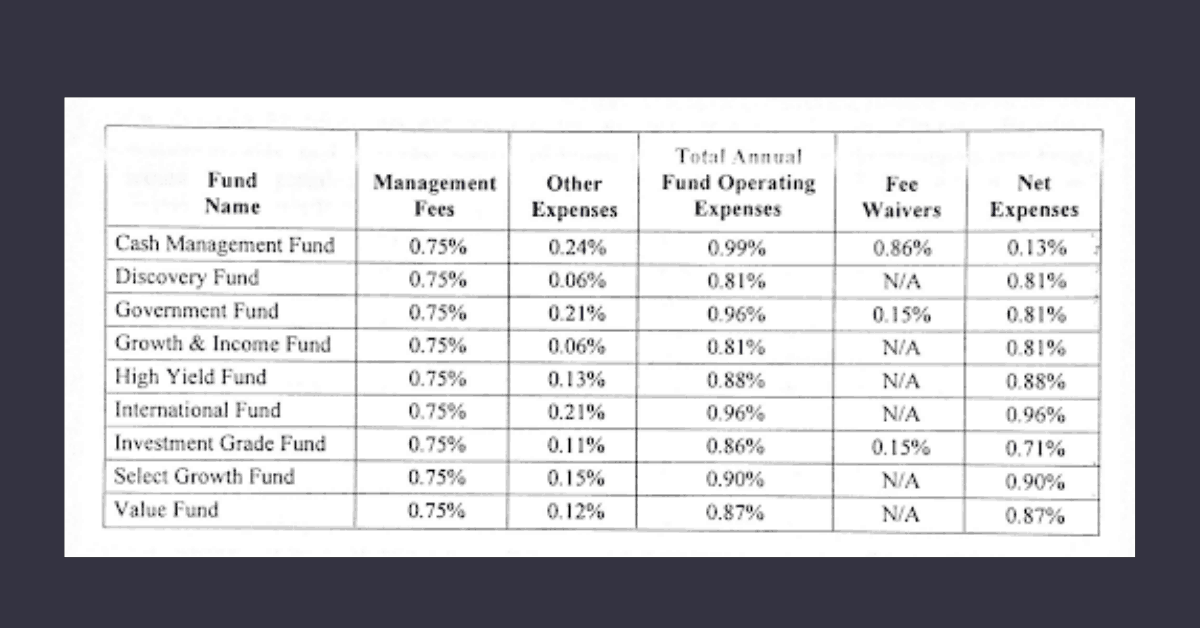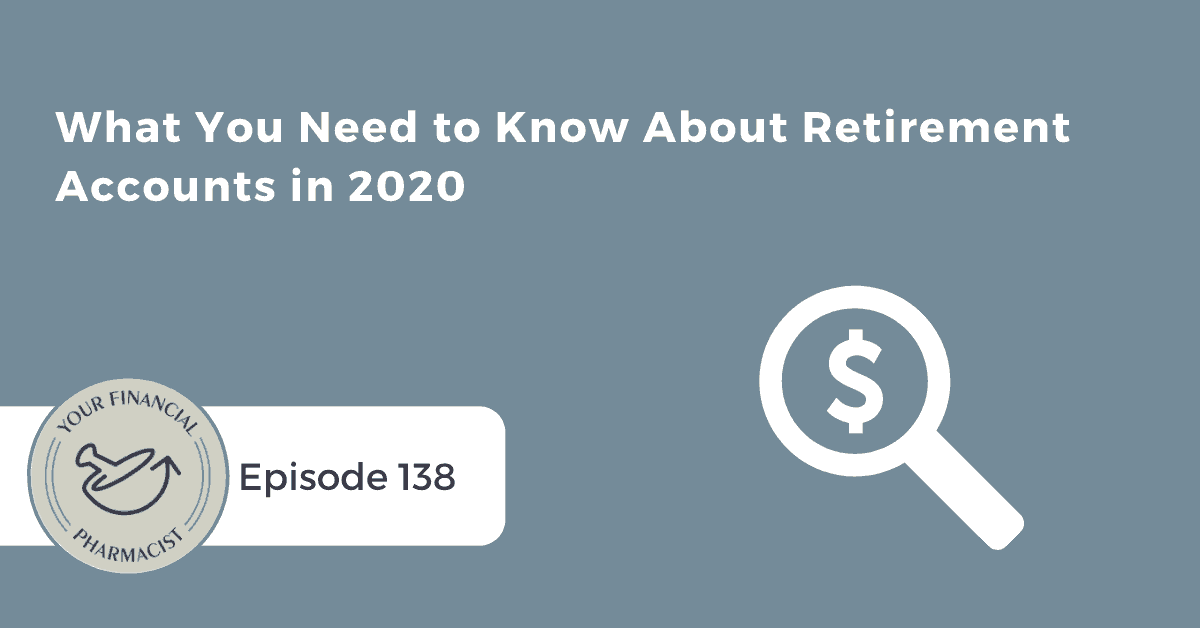How to not wreck your marriage because of student loans
Steven Chung, tax attorney, joins Tim Ulbrich to discuss about a recent article he published titled ‘Student Loans Can Be the Homewrecker in A Marriage.’ Steven also talks about tax considerations as it relates to couples and why it’s so important to communicate this information.
About Today’s Guest
Steven Chung is a tax attorney in Los Angeles, California where he helps people with basic tax planning and the resolution of tax disputes. He also assists people manage their student loans. He also writes a weekly column on the influential legal news site Above The Law. Steven received his law degree from Whittier Law School and and LLM in Taxation with honors and high distinction from Loyola Law School in Los Angeles. He can be reached via email at [email protected]. Or you can connect with him on Twitter (@stevenchung) and connect with him on LinkedIn.
Summary
Tax attorney Steven Chung discusses how to not wreck your marriage because of student loans with Tim Ulbrich.
He says that the relationships that often work out are the ones in which people fully disclose how much they owe and have a financial plan to pay it off or to pursue forgiveness. If the understanding or shared goals are there, carrying student loan debt shouldn’t affect whether a marriage stays together. On the other hand, Steven says that problems in marriages and relationships happen when the amount of student loan debt a person is carrying isn’t disclosed early enough in a relationship or if a couple has differences in how they want to pay off the debt, their spending habits or financial goals.
If a divorce does happen, there are some variables on what could happen to the loans. If a couple gets married and one person has a lot of loans and the other doesn’t but says that they will pay off the loans, it has to be determined if that was a gift or if the amount that person paid on the loans has to be paid back to them. If that isn’t the case, it’s possible that the loans could be split between both parties. Steven also mentions that if one person is getting a graduate degree during the marriage, the divorce court may say that those loans or tuition has to work collectively to pay it.
Steven also discusses community property states, tax planning with student loans, and what his outlook is on student loan forgiveness.
Mentioned on the Show
- YFP Fellowship – Apply Today!
- Student Loans Can Be the Homewrecker in A Marriage by Steven Chung
- Refinance Your Student Loans
- Trump’s Bid to End Public Service Loan Forgiveness Could Mean ‘Major Life Changes’ for Some Student Loan Borrowers by Elisabeth Buchwald
- Mike Meru Has $1 Million in Student Loans. How did that happen? by Josh Mitchell
- Above the Law
- Connect with Steven Chung on Twitter
- Connect with Steven Chung on LinkedIn
- Call Steven Chung: (818) 925-4699
- Email Steven Chung: [email protected]
Episode Transcript
Tim Ulbrich: Hey, what’s up, everybody? Welcome to this week’s episode of the Your Financial Pharmacist. And I’m excited to have joining me tax attorney Steven Chung to talk about how student loans can impact a marriage and strategies that can be taken before and during marriage to mitigate the risks. Now, we’ve talked at length on this show about the student indebtedness pharmacy graduates are facing. And today we shift our focus to talking not about the amount or how to choose the best repayment option for your personal situation but rather, if you have a significant other, best practices for ensuring that you both are on the same page. Steven, welcome and thank you for taking time to come on to the Your Financial Pharmacist podcast.
Steven Chung: Oh, thanks for having me.
Tim Ulbrich: So you recently wrote an article, which we’ll link to in the show notes, and that article is titled “Student Loans Can Be the Home Wrecker in a Marriage.” And as I mentioned, we’ll link to that so our readers can learn more. And I’m going to use that article as the basis for our time together as I think it connects well with what many of our listeners may be facing, and that’s having lots of student loan debt and trying to figure out how to best navigate that if their significant other is in the picture. So for those listening that are not yet married that find themselves carrying student loan debt, what advice would you have for them in terms of how to best disclose or share this information with a future spouse? And why is this so important?
Steven Chung: Well, the thing is, I mean, student loans shouldn’t alone be a — shouldn’t prevent you from getting married. I mean, people come in — I mean, nowadays, a lot of people are coming in with student loan debts and unfortunately, some of them are quite large. But finances are an issue. But as long as both of you have the same financial goals and are willing — have a plan to pay it off one way or another, I mean, it should be doable. I think the problem becomes when No. 1, it’s not just — when the amount of loans is not disclosed early enough or if people just have — the potential spouses have basically incompatible financial habits, I mean, habits and goals. And that can be a problem.
Tim Ulbrich: Absolutely. And one way to wreck a honeymoon, right, is to disclose your student loan debt on a honeymoon. So we should be talking about this in advance, of course. And I think not only the amounts or do you have it but also philosophies around debt. We often talk about on this show that people view debt in different ways. And obviously, everyone has different competing priorities. And so how we’ve been raised and other variable can influence that, and I think so many conversations to be had among couples leading up to that point of becoming married. Now, I’ve seen a lot of data recently about student loans being a reason to delay starting a family. From your experience, do you think the same effect is being had regarding student loan debt impacting one’s decision to get married? Do you sense that for those that are coming out of school today and the debt load that they’re facing, that this is actually having an impact on their decision to get married?
Steven Chung: Oh, absolutely. A lot of people — they usually have two philosophies. One is that they feel guilty about having a large student loan, and they don’t want to burden their potential spouse and their kids. And they think they won’t be able to afford a nice house in a nice neighborhood to raise their kids properly. And the second group of people, they don’t want to get married — they want to marry someone who can either pay off the student loans for them or at least have the same philosophy on paying it off. And it seems like it’s become a problem, especially — it was more problematic during the Great Recession a couple years ago. But even now, the economy’s recovering, people are still kind of wondering about the potential recession and things like that. So it’s kind of making people feel a little — think deeper on financial analysis or some sort of background check, so to speak, on their potential spouse before tying the knot.
Tim Ulbrich: Steven, I was thinking before we recorded as I was preparing for this show, I could see specific situations that could cause difficulty between two individuals if there is not open communication. And three that come to mind — I’m sure there’s many others than three — but I could see a situation where one individual has a lot more debt than the other and a potential for resentment. So somebody that for whatever reason, maybe they don’t have debt through scholarships, parents helped pay for it, they worked, whatever, and somebody else has a lot of debt and potentially some resentment for that situation. Another situation I could see is just different feelings about the debt as I alluded to already and how to repay. You know, some, as we’ve talked about on the show, want to kind of go all in on debt repayment. Others want to take a slower approach with other priorities financially. And the third one I could see is whether or not parents are involved, you know, potentially cosigners or those that had family members directly loan them money. Do any one of these resonate with you more than the others in terms of experiences you’ve seen where this can cause some difficulties and resentment between two individuals?
Steven Chung: OK, definitely by far it is the philosophy on how people want to pay the student loans. There’s some people who want to pay off the debt as quickly as possible. And on the other end, someone just wants to be able to pay the bare minimum and pretty much have the YOLO attitude, You Only Live Once. Those two people, their relationship is probably not going to go anywhere. But usually, the ones that work it out are, like I said, the ones that have — I mean, they fully disclose how much they owe and knowing that, they have a financial plan to try to pay it off or a plan for loan forgiveness if that’s what they want to do and of course at the same time have a financial plan for retirement, buying a house, having children, that kind of thing. So as long as they have that kind of understanding and they’re OK with the spouse’s financial habits and have the same financial goals, whether or not one spouse has a lot more student debt than the other, it shouldn’t matter that much as long as they have some sort of plan to pay it off or to manage it. As for parents being involved or if they’re cosigners, I mean, it’s ultimately up to them. Some people have their parents cosign because they’d rather pay their parents back with interest rather than a bank. Also parents who are a third party might be more forgiving as opposed to a bank who will send collection agencies after them and impose collection fees and possibly sue them, ruin their credit. So there’s a variety of factors that determine whether parents should get involved. So I mean, there’s pros and cons either way, so to speak.
Tim Ulbrich: Yeah, and I think what you had said about, you know, couples working together with their goals is so important. And I think I don’t want that to get overlooked, something we talk often about on this show of why we think it’s so important that couples start with the goals and then of course they get into the budget and make sure they’re not looking at any one specific part of the financial plan in a silo. So you know, I’ll see this often where we may give a talk to a group of pharmacists or maybe a couple in the audience, they come up, and I can tell within 20 seconds if they have different philosophies on how to spend their money, you know, in terms of whether it be debt repayment or other parts of the plan. And I think if two people can agree on the goals and the shared vision, you know, debt repayment becomes a part of that and hopefully that mitigates any concerns or resentment might be there if there are different amounts of debt that people are carrying. Now, you mentioned in your article that for some married couples, as their joint income goes up, it might make sense for them to refinance their loans. Why is that the case?
Steven Chung: OK. Well, generally, what tends to happen is let’s just say a couple makes a lot more money, they were initially on an income-based repayment plan, paying the bare minimum, but it looks like based on their finances, assuming nothing goes wrong, they’ll probably pay it off within like six or seven years. It’s not going to make sense for them to continue paying on a income-based repayment plan for one reason or another, maybe the interest, maybe interest will increase too much and they probably won’t qualify for loan forgiveness. So basically, if they have a plan to pay it off within let’s say 5-10 years, I mean, they probably just want to refinance because of lower interest rates. So they’re basically saving money that way. So I mean, the only drawback is that if they go to a private bank, they don’t have a similar — they don’t have an income-based repayment program like the government does. And they certainly don’t have loan forgiveness programs. So that’s something to keep in mind. But yeah, it’s just really about paying less interest to the banks or to the lenders and their decision to refinance.
Tim Ulbrich: Yeah, and I’m glad you said some of those nuances that you may not get with a private company, obviously loan forgiveness, the potential for income-based repayment plan. And I know we’ve talked about before on the show, but I’ll reference our listeners to our refinance page information where they can learn more, YourFinancialPharmacist.com/refinance. What is it? Who’s it for? You know, what could be the potential savings? Pros and cons? And then we also have refinance offers there as well. Now, what’s your advice to those that are refinancing their loans where there may be a situation, whether that be the bank requests or better off, with both incomes included, where you have both spouses names that are on the loan or if one cosigns the other. What are some of the concerns that you have in that type of situation?
Steven Chung: OK, here’s the thing. If a bank does that, I would run. I mean, it’s just — I think the main drawback is you don’t want to burn your spouse with a loan. I mean, unless you’re absolutely sure that the loans can be paid off and the bank is offering a much lower interest rate, if there’s a cosigner, I mean, I would just run. I mean, there’s so many banks out there, there’s so many lenders out there. I mean, not a lot specialize in student loans, but there’s enough to make it competitive. But if a bank just says, ‘OK, well, we want your spouse to cosign or someone else to cosign,’ then run. I mean, I’d only do it if there’s like absolutely no other choice. It just doesn’t make sense. I mean, there’s so many red flags there.
Tim Ulbrich: And I think that’s a good reminder, Steven. What we have seen, as we’ve said before on this show, this is a $1.5 trillion market, student loans. So there is lots of competition out there in the market, and we often encourage our listeners go out there, shop around, do your homework. These companies I will say seem to becoming more and more aligned with how competitive their offers are, but I don’t think don’t fall into the trap of just one offer, one option. Now, your article brought up an issue that I honestly had not previously considered, which is for those that live in community property states, refinancing pre-marriage student loans during marriage could convert it into a community debt where each spouse will be liable for half of the debt. Can you first explain what it means to be a community property state? And then talk about the impact that this situation could have.
Steven Chung: OK, a community property state, which includes California and a few other states, it just means that anything acquired during a marriage is split 50-50 between each spouses, each spouse. So in the sense of refinancing, there is the potential that refinancing a loan could mean that a loan acquired before marriage turns into a community debt. For practical concerns, it doesn’t have that much of an impact if they stay married. I mean, they’re still going to pay their loans. It’s not going to — I mean, the banks will still go after a person on title, but ultimately, I think where it becomes an issue is when there is a divorce and when if the court will deem the loan a community loan and it might impact how the ex-spouses have to pay the community — the refinanced loan, whether the original spouse is liable in full or do both spouses have to pay 50%. So that’s probably going to be the issue in these type of things.
Tim Ulbrich: So let’s talk about that situation a little bit further with the very important disclaimer that we’re not here to provide legal advice and tax advice and every situation obviously can be different. We know we have people listening all over the country considering different state rules and nuances to each situation. But generally speaking, how does student debt get handled in a divorce situation in terms of shared liabilities? And what factors go into determining that?
Steven Chung: OK. Yeah, the thing is I’m not a family law attorney, so I’m not sure exactly how it works out in a divorce situation. And of course, 50 states have potentially 50 different rules, but the two nuances that kind of come up or at least — well, the big nuance where this might be an issue in a divorce is when, well, a couple gets married. One has no student loans and the other has a large amount of student loans. And then the first spouse offers to pay off the other spouse’s student loans. So in a divorce, what does that mean? Is that a gift to the other spouse? Or is it a loan that has to be paid back? So that’s kind of an issue that tends to come up in divorces. And then of course, even if there isn’t such a case, how would the loans be split? And would the couple have to pay their own loans? Or do they have to somehow pay the loans together? And usually, this situation comes up where a couple gets married and then one spouse during the marriage decides to get like a graduate degree or continues their education. But he needs student loan money to pay for basic living expenses like rent or things like that. So if that is the case, then chances are a divorce court judge will say that the couple collectively should pay a portion of the loans back and shouldn’t be responsible for — and shouldn’t just be responsible to whoever’s on the loan. So that’s kind of the issues that come up during divorce most frequently.
Tim Ulbrich: So my takeaways there are choose your spouse wisely and make sure you have open communication and conversations as far in advance as you possibly can. So let’s shift gears a little bit and talk about tax planning as it relates to student loans when we have two individuals that are involved. And again, important disclaimer, we’re not here to provide tax advice. And we certainly recommend they consult with a tax professional that can look at their personal situation in more detail. But it appears that the biggest consideration when it comes to student loans would be for those that are on an income-based repayment plan and determining whether it would be advantageous to file jointly or separately. What are some considerations here for our audience?
Steven Chung: OK. Let me add a third option and that’s just not getting married and living together. So they’ll just be filing single. But anyway, yeah, one of the things people have to look at when they’re on an income-based repayment plan is whether filing jointly will significantly increase their student loan payments. And of course, usually filing jointly, there is a small tax benefit. You’re usually in a smaller tax bracket. But let’s just say to make it simple you’re paying $10 more in student loans, but you’re saving $5 in taxes by filing jointly. Then you’re better off filing separately because even though you’re paying more in taxes, they’ll be paying even less in student loans, so that’s kind of. But usually for married couples who are both on income-based repayment plans or maybe one of them are, they should contact a tax preparer and have them do an analysis on what their tax situation will be if they file separately and then also look at what their student loan payments will be filing separately versus filing jointly. So and then make the comparison and then file the tax return on I guess whichever will save you the most money. And some people, like I said, there’s a third option. You could stay single. And interestingly, in California, you don’t even have to get married. You can actually choose to be a domestic partnership. I mean, that was an option given to homosexual couples before it became marriage was legalized. But now it seems to be making a comeback in people with large student loans. And this might be a viable option for them or just stay single altogether and just maybe live together, that kind of thing. The second biggest thing is — and this kind of could be down the road is when the income, when the loans are forgiven, that forgiven amount will be called cancellation of debt income. So it’s basically like the government kind of giving you — or somebody giving you money to pay off the loan, although you don’t actually get the money. Generally, there’s two things to consider. No. 1 is they tack the cancellation of debt income is based on your assets versus your liabilities. If your liabilities exceed your assets, then you’re considered insolvent and you will not be taxed on the forgiven debt. But if your assets exceed your liabilities, then a portion or maybe all of the forgiven debt could be taxable. Generally what I tend to tell people is don’t worry about it right now, especially if you’re just starting your careers. You know, maybe like the first 5-10 years, just focus on your career because you don’t want to live your life trying to plan for loan forgiveness. I mean, you’re pretty much throwing money away. And that’s kind of like putting the baby out with the bathwater, so to speak. So after the 5- or 10-year mark, once you kind of know what your salary will be, then you can possibly plan your finances to maximize insolvency or minimize your assets so you can minimize your taxes when loan forgiveness comes. The second thing to consider — and I think this is a very likely scenario — is that I think in about 10 years, that’s when I think the first income-based repayment forgiveness programs will begin. I think by the time, it’s probably not going to be taxed. The forgiveness is not going to be taxed. I think it’s just because a lot of potential candidates, especially Democrats, they are considering passing a law making forgiveness of debt income non-taxable. And as a precedent for that, back during the housing crisis when people were short selling their houses, the banks issued a cancellation of debt income on the amount that the banks lost or the amount of the mortgage that was forgiven, and then Congress immediately passed a law to make sure that the forgiven mortgage debt is non-taxable. So I think we’ll — I feel pretty good that there’s going to be something similar for student loan debtors when loan forgiveness comes. But just in case, I mean, you should probably make plans to maybe rearrange your assets, maybe lease or rent instead of buying, that kind of thing, at least around the time loan forgiveness happens. So yeah, so I think those kind of things you should consider.
Tim Ulbrich: Steven, let me ask you, you know, just this week I’m thinking about trying to reconcile this issue of where we may end up in five or 10 years when it comes to debt cancellation. You know, just this week, there’s news on both sides of it in terms of the Trump administration continuing to want to press forward with ending loan forgiveness and then obviously we have the campaign from the presidential Democratic candidates around debt cancellation, debt forgiveness and free college. And I think that often leaves people like in our community wondering, my gosh, what is the future of this going to be? What do I make of this? And how do I even begin to think and plan around it. And what I heard you say is you really feel like you think — obviously none of us have a crystal ball — but you think we’re going to move in that direction of not having that tax obligation based on some historical precedent. So tell me more about, you know, based on all that you have heard and based on your expertise in this area, tell me more about why you feel like that that’s the path that will go forward.
Steven Chung: OK. Well, the thing with Trump’s plan, he only calls for the removal of what they call the Public Service Loan Forgiveness. And that’s these student loan program where you work for the government or a nonprofit for 10 years and your loans are forgiven and without the cancellation of debt income.
Tim Ulbrich: Right.
Steven Chung: What he actually wanted to do was he wanted to simplify — there’s like several different IBR plans, and he wanted to simplify it into one 15-year plan. The thing is one 15-year plan for undergrads and then 30-year plan for graduate students. So he did not mention whether the loan cancellation will be forgiven. But let’s just say Trump’s proposal passes and loan forgiveness is not for another 30 years for people’s start. I mean, the way things are going now, the student loan numbers are just increasing. There’s no — I see no activity among students and schools to reduce it, to reduce tuition. I mean, just the cost of education is going up, and at some point, it’s just going to get to a point where people are going to be graduating with $300,000, $400,000, or even $500,000 debts. And I’m even starting to see that.
Tim Ulbrich: Yep.
Steven Chung: A few dentists, they’re even graduating like $700,000, $800,000 and even $1 million. There was one story in the Wall Street Journal, an orthodontist in Utah graduated with $1 million in debt. So I think with these numbers, I feel very good that this kind of relief is on the horizon. Of course, I’m not 100% sure, but I just feel good about it.
Tim Ulbrich: Sure.
Steven Chung: And it’s just going to affect so many people that there’s going to be a major outcry. And I think at that point, it’s just going to be a big — I mean, students and also their parents who also cosigned these loans will probably want them too. So there’s going to be an expanded voter base.
Tim Ulbrich: Yeah, I’ve thought a lot about that too. You know, and again, we don’t know what the future will hold. But I think when you think about the vulnerability of the borrower, the focus on costs in higher education and the political outcry that would come from something like that, I think that all of those are important considerations. One of the takeaways I’ve had, Steven, from our time together, which I really appreciate you sharing your expertise, is we often talk on this show — and I know this is second nature for you, but I think here we are in tax season, so it’s a good reminder that we often think about filing our taxes, which it really is just a mechanical retrospective look at what happened. And I think this has been a great reminder on the need to be more strategic, more prospective and to be working with experts, you know, especially as we’re thinking about things like single filed married, and some of those situations when it comes to income-based repayment and thinking on more of a strategic standpoint based on your personal situation. So again, I appreciate your time and appreciate your sharing your expertise. We’re going to link to your article in the show notes as well as your bio. But just here as we wrap, where can our listeners go to connect with you and to learn more about the work that you’re doing?
Steven Chung: Well, I write for a legal website called Above the Law, and my columns appear on every Wednesday. In fact, I just released a column today, although it’s more about tax law and video games, so totally off-topic. I’m also on Twitter. My Twitter is @stevenchung. I just post occasional tax stuff, usually nonsense, but that’s a good way to contact me. Or you can connect with me on LinkedIn or if you’re in the southern California area, you can contact me. My phone number is (818) 925-4699. I’ll be happy to answer any questions about tax planning or filing tax returns, especially this time of year.
Tim Ulbrich: Awesome, thank you. And again, to our listeners, Steven’s a tax attorney in Los Angeles, California. He helps people with basic tax planning and resolves tax disputes. He’s sympathetic to people with large student loans. Many of us can certainly sympathize with that as well. He can be reached via email. We’ll link to that in our show notes or as he mentioned, you can connect to him on Twitter. You’ll also find him writing for Above the Law and also on LinkedIn. Steven, thank you again for taking time to come on the show.
Current Student Loan Refinance Offers
[wptb id="15454" not found ]Recent Posts
[pt_view id=”f651872qnv”]


